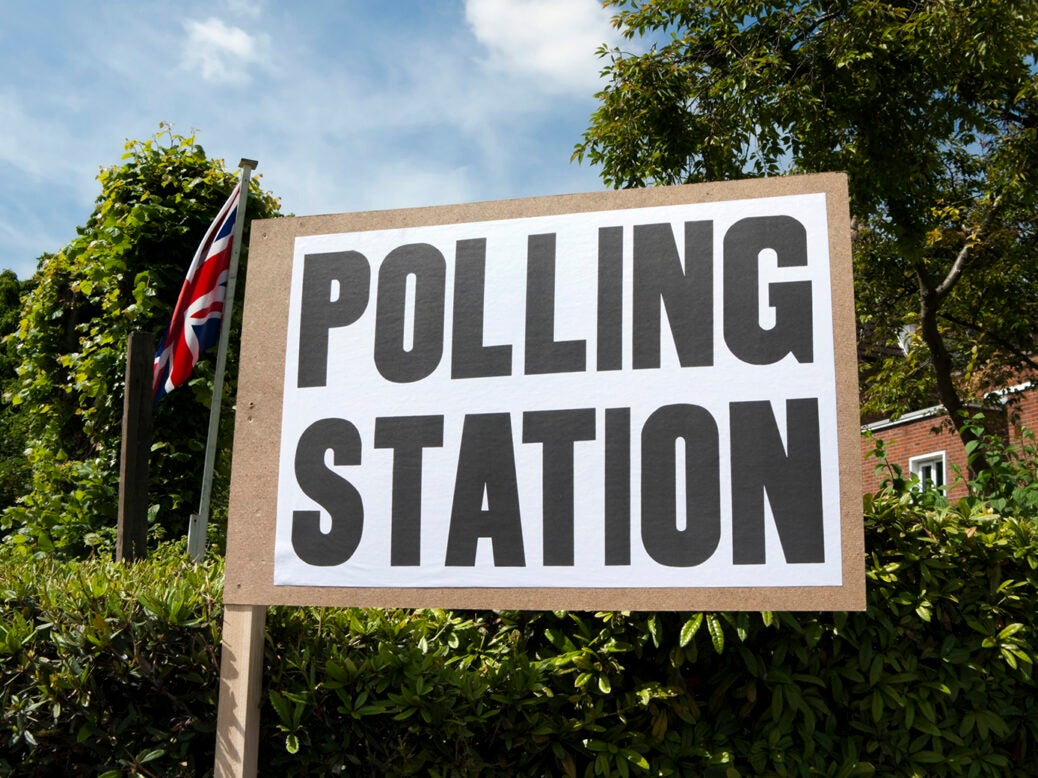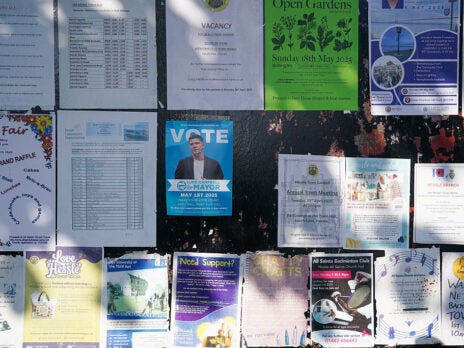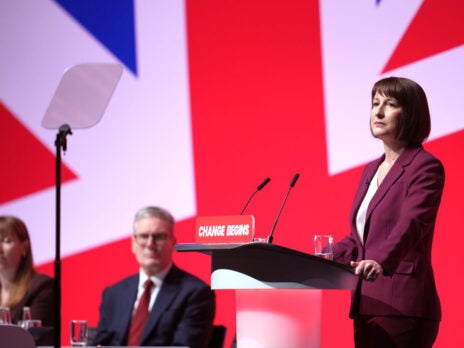
Britain’s tribal loyalties are not what they used to be. After the expenses scandal, Ukip’s rise, the Scottish referendum, Brexit, and a Conservative Party under Boris Johnson that voters treated as if it was not the Conservative Party, this country is increasingly a nation of swingers. The idea of sticking with a party ’til death do you part has lost its hold, with significant implications for future elections.
But who benefits? At its core, it’ll encourage more fluid voting. For example, alternative parties breaking through, like the Greens in Suffolk or the Lib Dems in Sunderland. It will also ease voters into voting broadly, and voting tactically more generally. Opting for a party that may not be your first choice, but is a better vote than the alternative incumbent or challenger, is not new to voters, but it may prove more common come the next election.
It is worth noting the scale of tactical voting should not be overstated at the ballot box – nor, indeed understated. At the 1997 election, for instance, it is estimated tactical voting gifted Labour ten extra seats. For the Lib Dems, it gifted them over 20. Predicting the scale of it today, however, before an election, is a tricky affair. In the meantime, the New Statesman has teamed up with polling company Redfield & Wilton Strategies to ask voters key questions on that very issue* to help us model its potential impact.
Suppose your constituency has a competitive fight between a candidate from the Conservatives and a candidate from the Liberal Democrats: which party would you vote for?
This question was posed to voters nationally, and overall Britons plumped for the Liberal Democrats over the Conservatives, albeit by just 37 per cent to 34 per cent. In this scenario, Labour was on just 21 per cent.
That doesn’t tell us much though. What we want to know is which voters moved where.
Among Labour’s 2019 voters, just 40 per cent said that in a hypothetical Con-Lib marginal they would vote Lib Dem; 51 per cent would stay with Labour and 7 per cent would vote Tory. The regional and age splits are quite nuanced here. London voters would go Tory over Lib Dem, ditto those in the south-east counties. Eighteen- to 24-year-olds would stay with Labour. In the south-west the Lib Dems would clean up, leading the Tories there by 18 percentage points.
These types of polling questions come with a health warning about hypothetical data, but they can aid us in modelling the next election. They let us look at seats where the Lib Dems are in second and gauge how many Labour voters might switch to help them over the line. We can also use YouGov polling from May to work out movement the other way, although its question was a little less precisely targeted.
Let’s apply what data we have to my Britain Predicts model. What you presently see in the modelling on our headline page doesn't account for any tactical voting whatsoever. That feature is still in development.
But let's take the non-adjusted numbers for a seat like Harrogate and Knaresborough, in North Yorkshire. Historically, it went Lib Dem in 1997, and Conservative in 2010. As of October 2022, Britain Predicts had the Tories on course to hold Harrogate with 35 per cent of the vote. The Lib Dems, the clear challenger last time, were forecast to come away with 32 per cent, while Labour would end up high on 25 per cent.
The Lib Dem and Labour figures don’t feel right here, and that’s not my prejudices talking. For Labour's vote to go up from 10 per cent to 25 per cent in a Con-Lib battleground seat is a nonsense. What would probably happen is those new Labour voters – or most of them, at least, would go Lib Dem. If we allow for tactical voting, using the figures from our Redfield & Wilton poll, and assume Harrogate will go as the hypothetical Con-Lib battleground went, we can see just that. The Conservatives would be up two points on our model, without tactical voting, on 37 per cent; whereas the Lib Dems, bolstered by a hypothetical Labour vote, would jump from 32 per cent to 42 per cent. Labour would be squeezed from 25 per cent to 13 per cent.
This, in my mind, is a more accurate fit for how Harrogate could vote. It fits in with the polling we've commissioned and how Con-Lib seats tend to operate.
Were we to apply this formula nationally, both for Con-Lib seats and Con-Lab ones, three to four dozen seats would change hands. Instead of 154 seats (as was forecast in October 2022), the Conservatives would win 117. The Lib Dems would go from the currently forecast 24 to 41. Labour would end up with 408 seats, up 12 on current modelling and more than double what the party won in 2019.
These figures exclude Scotland. We don’t yet have reliable data to work out what level of tactical voting would take place to boot out or bolster an SNP candidate in a Westminster race. How primarily unionist are Labour voters, for instance? What matters more to them? Saving the union? Or stopping a Tory?
And - it should be said - these figures are based on national polling. To be sure of the potentials of tactical voting we need more, finely detailed research. It is a start, however, and it takes us in the right direction. The long and short of it is this, though, the effects of tactical voting would likely shift a few dozen seats. Were the polls to narrow, and the next election end up as a fine-run thing, then tactical voting may make all the difference.
Tactical voting should not be read as of exclusive benefit for anti-Conservative parties, however. Polls continue to show support for the Reform party is somewhere around five or so per cent, even though in every eventuality the party comes into contact with voters, it never polls quite so well. Whatever materialises in the end, there is, hypothetically at least, a right wing vote for the Cons to squeeze. That does not deny, however, the present reality: that the vast majority of tactical voting instances would be Britons changing their vote to boot out the Conservatives, rather than bolster them.
*Polling of 2,500 voters in the UK, carried out on 28-29 September.
[See also: Labour voters want lower taxes – and associate the Tories with raising them]


